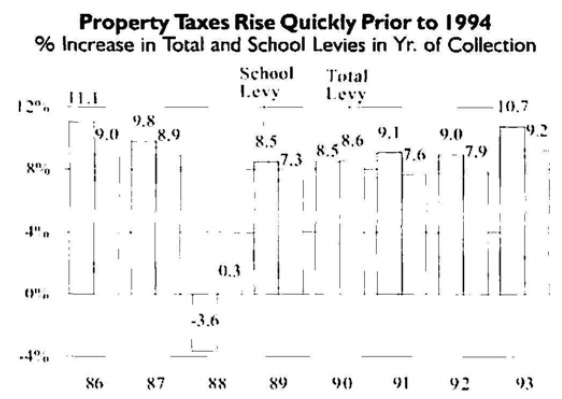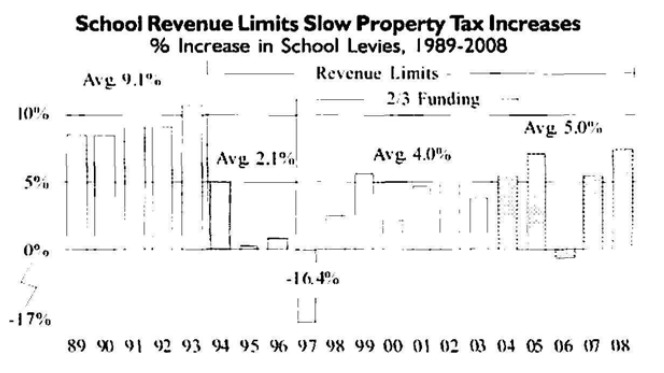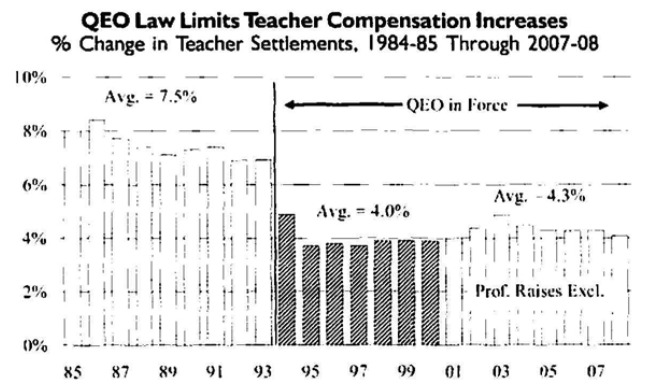Survey finds school districts have taken hits; Walker touts reforms
A new survey of the majority of the state’s school districts shows many of them were forced to make staff reductions and increase class sizes as a result of school aid cuts in Gov. Scott Walker’s state budget, according to the state Department of Public Instruction and a school administrators association.
But the governor’s office, briefed Wednesday afternoon on the survey to be announced at a Thursday news conference, says the Walker administration’s reforms are working and points out that the majority of teacher layoffs have been in districts that didn’t adopt the reforms – notably in Milwaukee, Kenosha and Janesville.
The survey, by the Wisconsin Association of School District Administrators, was conducted in the early fall of the current school year, after the state Legislature passed a two-year budget that trimmed $749 million in aid to public school districts, in addition to reductions in the limits of what districts can levy in property taxes.
The survey was sent to administrators in all 424 state school districts, and 83% of the districts responded.
Wisconsin shed about 3,400 education positions this year, triple the number from last year. At least one-third of the state’s districts increased elementary class sizes. And at least four in 10 districts are using one-time federal stimulus funds to balance their budgets.
But there have been no widespread reductions in course offerings, and the number of students per teacher, librarian and counselor remained about the same.
Those are the findings of a statewide survey of school superintendents about their 2011-12 budgets. Two-thirds of those responding to the Wisconsin Association of School District Administrators survey anticipate next year’s staff cuts will be as bad or worse than this year.
The survey didn’t ask about property taxes, but the Legislative Fiscal Bureau has projected an average increase of just 0.6 percent on the December tax bills, far less than the average 4.84 percent annual increase over the previous decade.
Today the Department of Public Instruction released the data for a survey done by the Wisconsin Association of Schools District Administrators. The administrators for 353 school districts responded, which accounts for 83% of Wisconsin school districts. The median student to teacher ratio in Wisconsin this year is 13.5 to 1. Attached is a copy of the survey questions, and the raw data responses.




